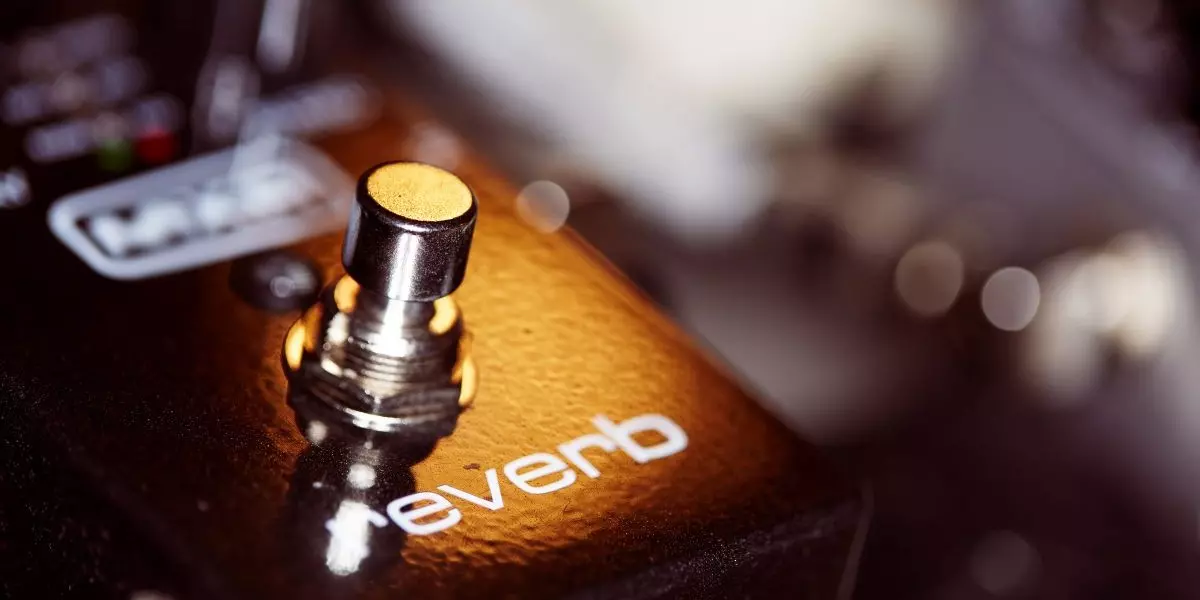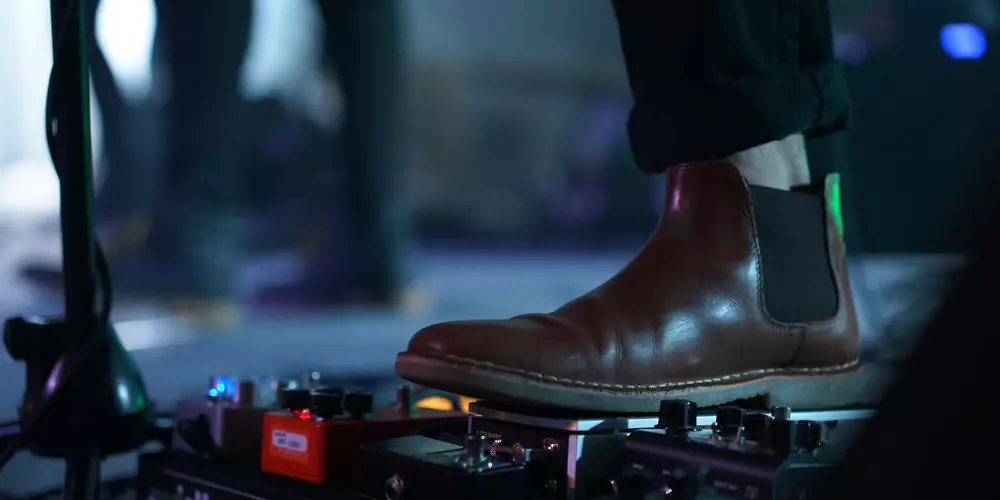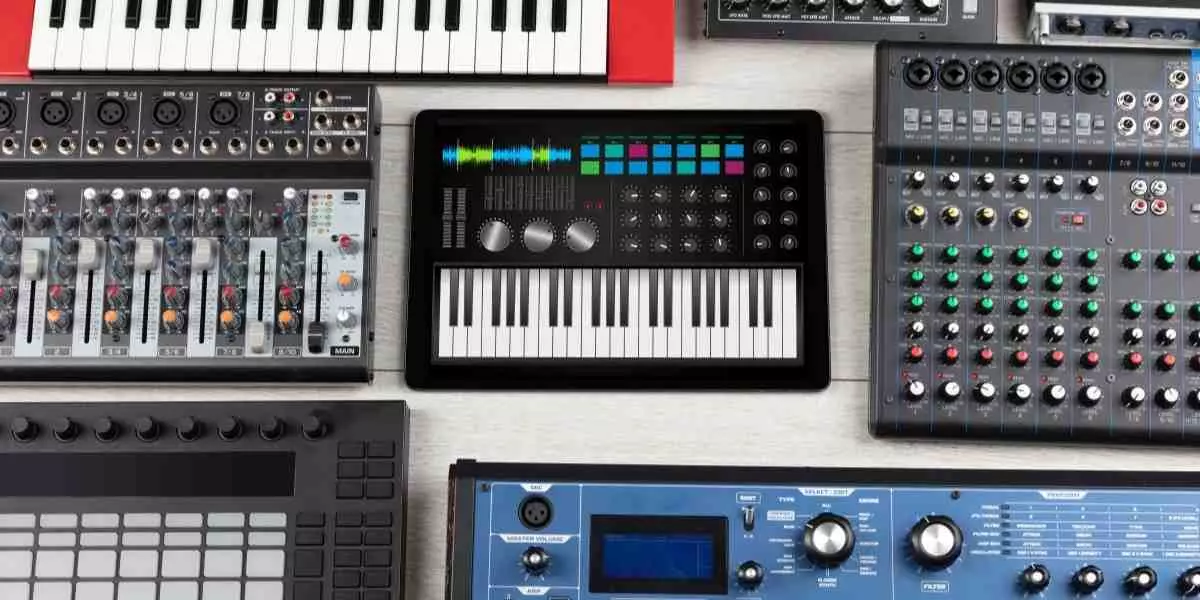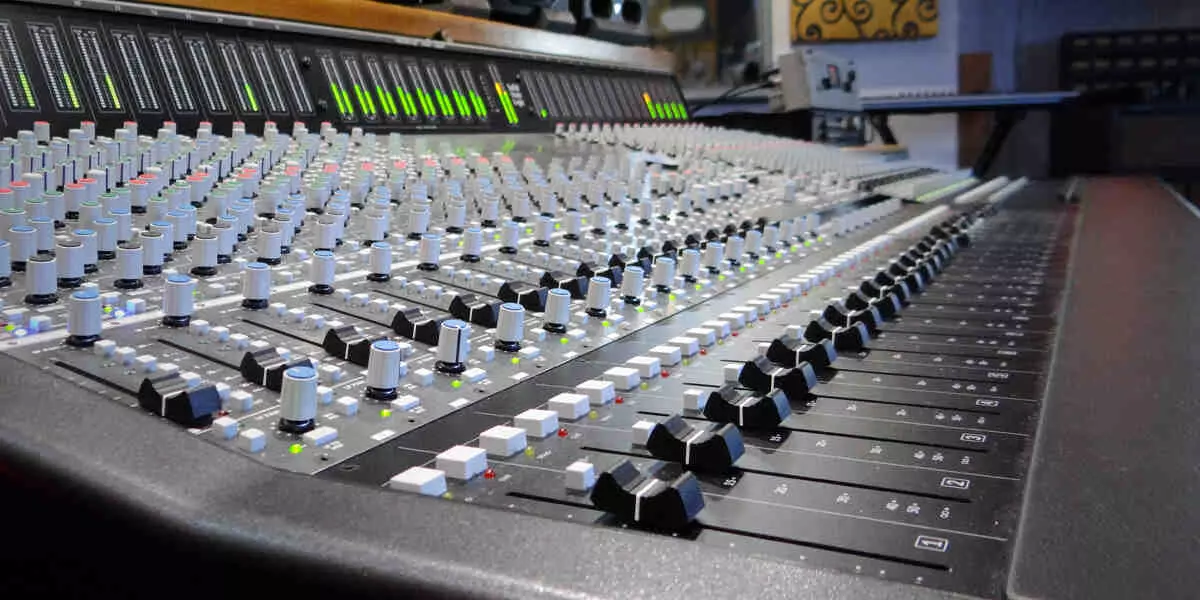The History of Reverb

One of the great things about capturing a musical performance is how uniquely different spaces can sound. Capturing the sound of a lap steel guitar recorded in a wooden room deadened with carpets sounds completely different from the same performance recorded in a parking garage or a 2,000-seat theatre.
There's an inherent warmth to certain environments that enhances not only the sound of a performance but, in extreme cases, the performance itself, as a performer may improvise on an echoed phrase.
If you're plugging an instrument directly into a mixer, the recording will sound dry and almost otherworldly, because there is no context for where that sound is coming from. Other than the sound of the room the recording plays back in, it's unnatural to the ears.
This is where reverb steps in, bridging the gap between a sound and its sense of place.
Early Reverb Using Springs, Plates, and Tape
Long before digital processing existed, engineers found creative mechanical ways to simulate space.
Spring reverbs and plate reverbs were among the earliest innovations. These devices used coiled springs or sheets of metal, combined with transducers, to induce vibrations that mimicked the reflections in real rooms. The result wasn’t exactly natural, but it added life and dimension to otherwise flat recordings.
Tape echo followed, using a short loop of magnetic tape to produce repeating echoes that decayed over time. While clearly artificial, it still felt organic to the ear.
These early approaches shaped the sonic identity of entire decades. Many classic recordings owe their signature depth to these mechanical reverb systems.
The Rise of Analog and Digital Delay
The next leap forward came with analog delay circuits, specifically bucket brigade devices (BBDs). Early analog delays used primitive BBD circuits to produce repeated echoes. Each repetition would lose some clarity, resulting in the kind of audio erosion that gave these units their distinctive, grainy charm.
Later, digital delays improved bandwidth quality, but early digital tech still suffered from low bit depth, which introduced a crunchy, lo-fi texture that has ironically become fashionable again.
As digital technology advanced, digital delays emerged with cleaner, more precise sound. Early digital reverb units, however, still battled limited sample rates and bit depth, giving them a character that remains sought after for its nostalgic colour.
Understanding How Reverb Works
Most reverb processors, whether analog or digital, simulate the way sound reflects and decays within a space. They do this by blending multiple delay lines using complex algorithms that mimic how sound waves bounce off surfaces such as concrete, wood, glass, or metal.
Sound echoes quite differently in a small room than in a large hall or auditorium. The unique pattern of reflections and decay defines the sonic personality of a space, which our ears interpret as the “sound” of that room.
As technology improved, realism became the priority. Brands like Eventide became legends in the reverb world thanks to the depth and musicality of their algorithms. Many of their classic units now live on in modern plugin form.
The Birth of Convolution Reverb
Eventually, reverb design took a revolutionary turn with the development of convolution reverb, in which a space can be sampled rather than synthesized. Instead of relying solely on algorithms, convolution captures real-world acoustics. Here's how it works:
Place microphones around a space in the same positions you would for a live performance. Play a burst of pink noise where the performer would be standing, then record the noise and all subsequent reflections. Feed that recording into a convolving algorithm, and you've created an Impulse Response (IR).
Load that IR into a convolution reverb plugin, and any sound you pass through it will inherit the acoustic properties of that exact space. The plugin essentially applies the sonic fingerprint of the recorded environment to whatever you feed into it.
So what kind of sorcery is this, and how does it work?
A Quick History of Convolution Reverb
The first hardware convolution reverb was developed by Sony in 1999, and just two years later, AudioEase released Altiverb, the first convolution reverb plugin.
Today, convolution technology is everywhere. Many modern DAWs include built-in convolution reverbs, and there is a thriving community of engineers who share or sell custom IRs.
IRs now extend far beyond reverb, powering simulations for guitar cabinets, microphones, and entire signal chains.
The Modern Day Reverb Continues
What started as an effort to bring realism to recordings has evolved into a creative discipline. Reverb isn’t just about space anymore; it's a storytelling tool. Engineers shape emotion, tension, depth, and dimensionality by how they deploy reverb. It anchors performances within an audible environment that the human ear intuitively understands.
At Long & McQuade, you’ll find everything from hardware reverb processors to digital plugins that represent decades of reverb evolution. Visit your local Long & McQuade or browse the online catalogue to explore tools that bring your sound to life.






